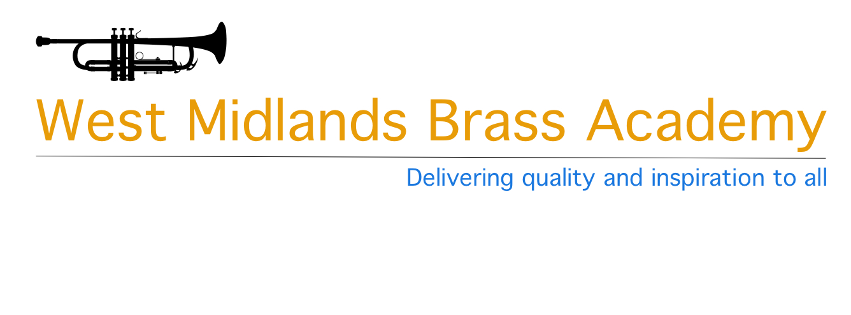Now we are into Autumn, I thought I would try to refocus on some of the technical aspects of playing a brass instrument. So here are some top tips for brass players to get us started, top tips for brass players which you may or may not be aware of. These are just pointers, and we will explore them in more detail over the next few weeks. If you have any more top tips you think I’ve missed, please let me know in a comment.
- Use 3rd valve
- Use alternative slide positions (Trombone only!)
- Play a piece backwards
- Play scales with different rhythms
- Use “Know your scales”
- Buzz mouthpiece
- Use BERP
- Invert playing
- Improvise
- Use a breath building aid
- Transpose a piece up or down an interval
1. Use 3rd valve
One of the most useful things, particularly for faster music, is to use the 3rd valve. On valved instruments the 3rd valve has the same notes as 1 and 2 together. This leads to some handy shortcuts.
2. Use alternative slide positions (Trombone only)
Similarly for Trombones, alternative slide positions often provide a solution which might make a passage a lot easier to play or to make a smoother and more secure legato.
3. Play a piece backwards
Often a piece which is technically difficult under the fingers, can be improved by trying to play it backwards. It moves the concentration away from the tune to the notes and focusses attention on them.
4. Play scales with different rhythms
Lots of people find scales uninteresting and boring, playing them with a dotted rhythm or perhaps a jazzy style can make them more palatable.
5. Use “Know your scales”

Paul Harris has written this excellent scales assistant. He has written some tunes and exercises which utilise scales and arpeggios. Learn scales without knowing you are doing it. Sadly it’s only available for valved instruments. Sorry Trombones! (but I am sure treble clef readers could still make use of them).
6. Buzz the mouthpiece
The mouthpiece is the engine of a brass instrument, the rest of it is just a large amplifier, so the ability to get a good note with a mouthpiece alone is a big help with airflow. There are some useful tools to help this as well.
7. Use a “BERP”
To put it simply the BERP is a tool to help buzz the mouthpiece while it is still in the instrument. It clamps around the mouthpiece receiver and the mouthpiece then sits in the device next to its normal position in the instrument. It simulates playing the instrument but allows tunes to be buzzed through the mouthpiece. It has some big benefits.

8. Invert playing
This is an interesting one, but it is possible for valved instrument players to practice a piece with the non-dominant hand. There is some logic behind this as it removes any pre-conceived ideas about what the music should sound like and focusses attention on the notes and, more particularly, the intervals.
9. Improvise
Improvising is useful and is a basic building block of composition. It is often associated with Jazz playing but this is a very difficult genre for those who aren’t used to it. It must be remembered though that early composers in particular were adept improvisers. Mozart, Beethoven and Bach, amongst others were proficient improvisers and we must also recognise that improvisation can be based on any musical genre.
10. Use breath building aids
This one is important as it is vital that the brass player should build up a solid air supply to create stamina and create a convincing sound. There are several on the market and we will investigate them in more detail in a future blog.
11. Transpose a piece up or down and interval
lThis works particularly well with hymns, changing the key and transposing the part focusses the mind on what a note is and where to play it next.
This is just a taster and we will be discussing these issues in future blogs. Bat if there is anything you think I have missed or have a subject you would like discussed please leave a comment below.



